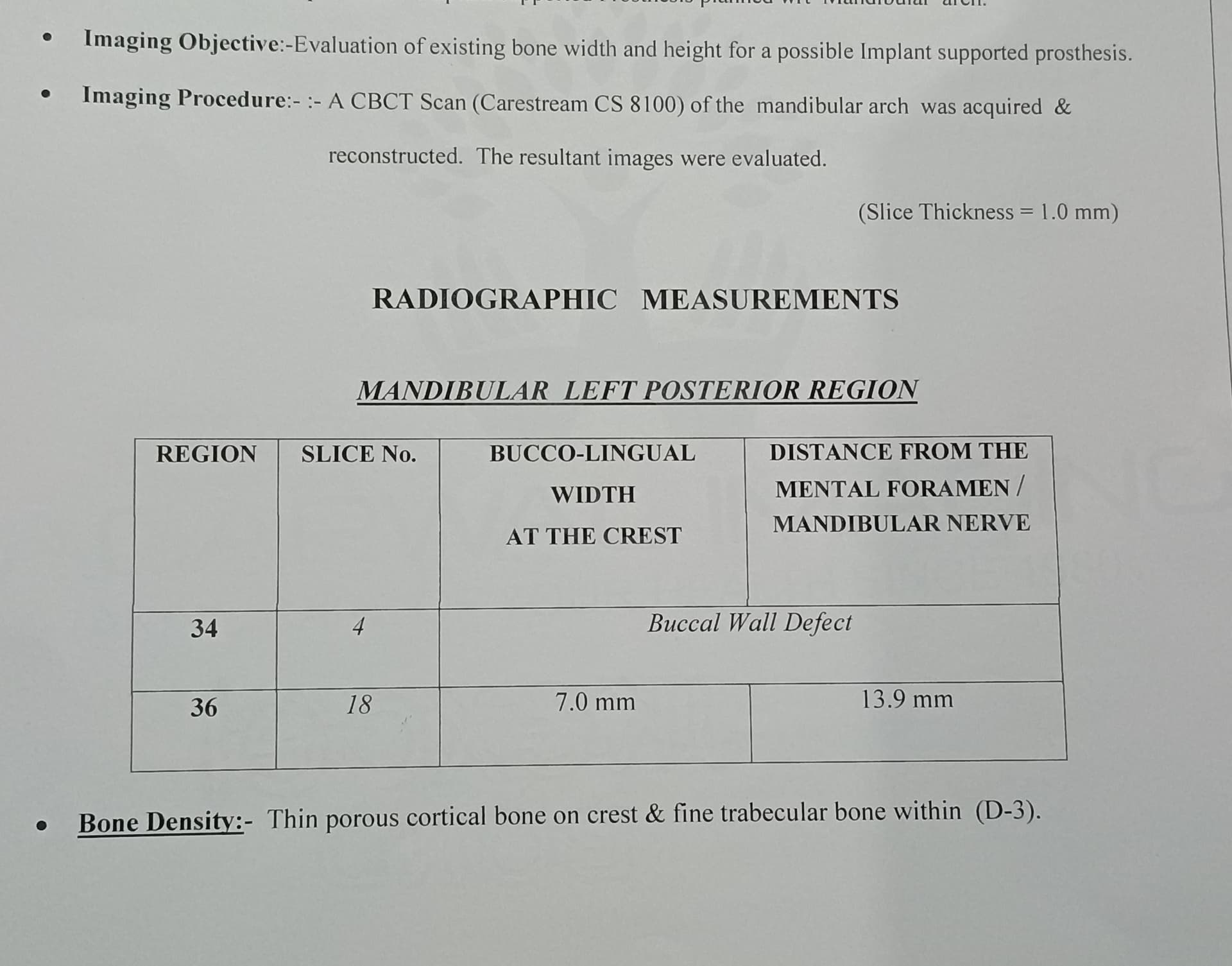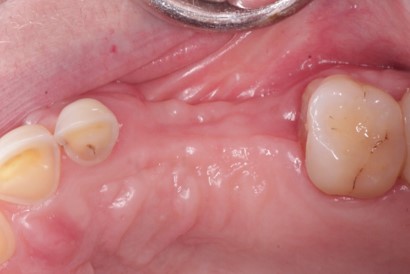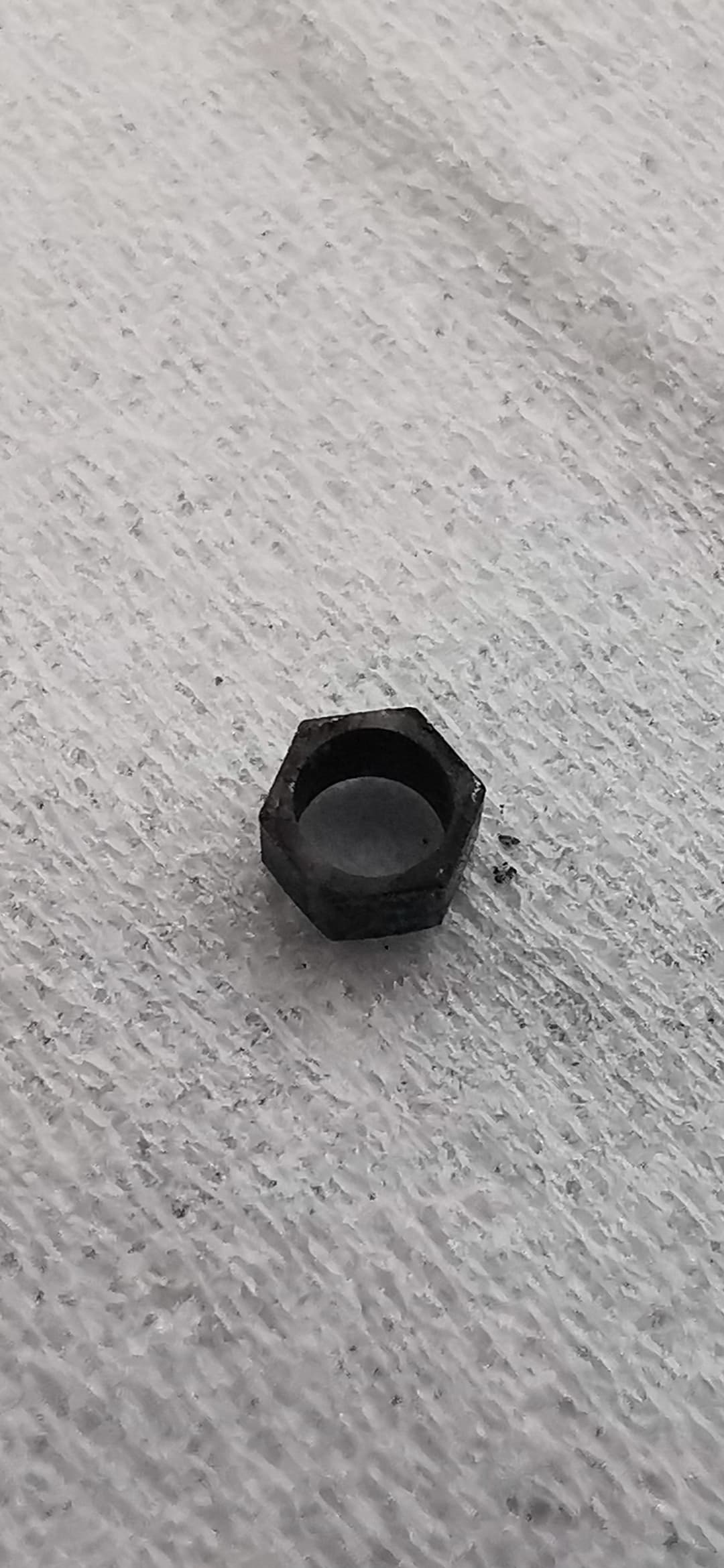Bone Density a Problem in Geriatric Patients?
Anon, from California, asks:
I attempted to place a dental implant on a healthy 80 year old #19 area. I had a CT Scan and there was ample width and depth for a 13 mm implant. The pilot drill easily went into the bone. I used the 3.5 drill to depth and went to place the 4.3 mm implant, skipping the 4.3mm drill.
The implant would not screw into the bone after it reached the tissue height. I put some pressure on the driver and the dental implant sank down about 2 mm. I could see the implant angulated in the bone not angulated properly. I then realized that the bone was ” hollow “. I retrieved the implant, placed some Bio-Oss and sutured. I told the patient that her bone was not suitable for an implant. I then went to my CT and the Hounsfeld units were 56 in that region. Other places in the mandible were 150. It appears that in the geriatric population bone density could be a problem. Any thoughts? Have you also seen this in this segment of the patient population?


















